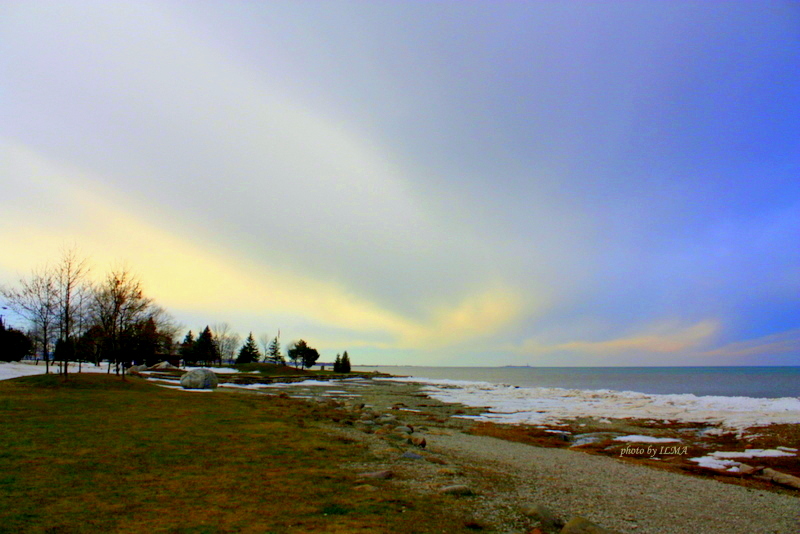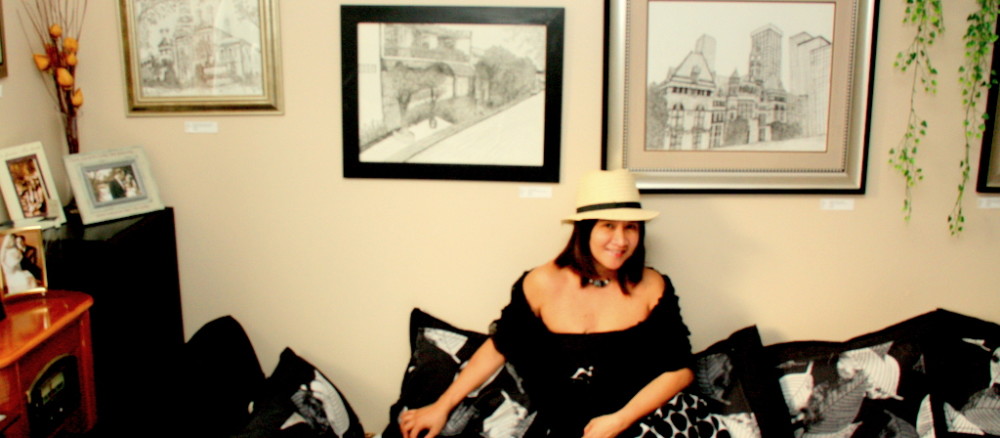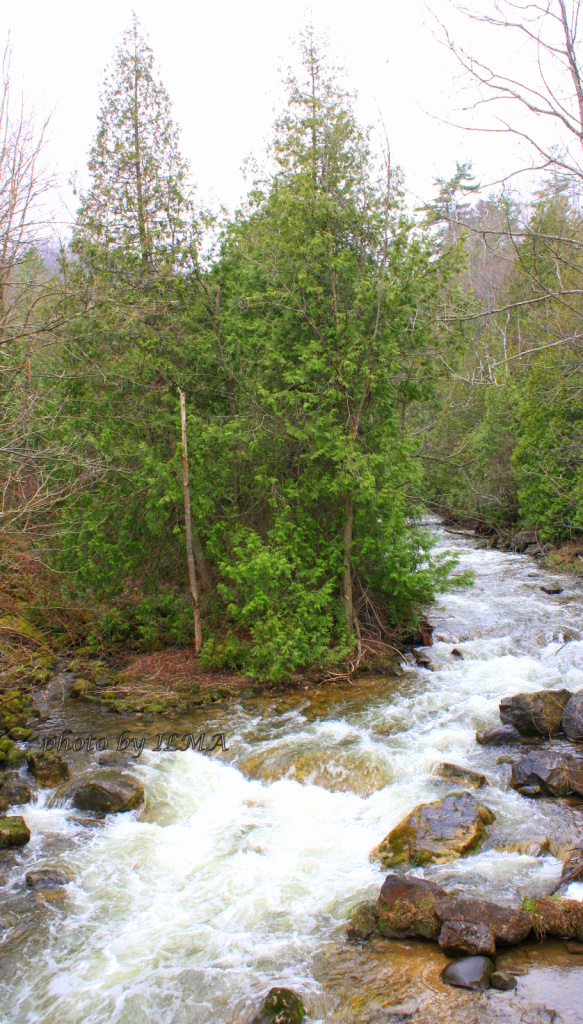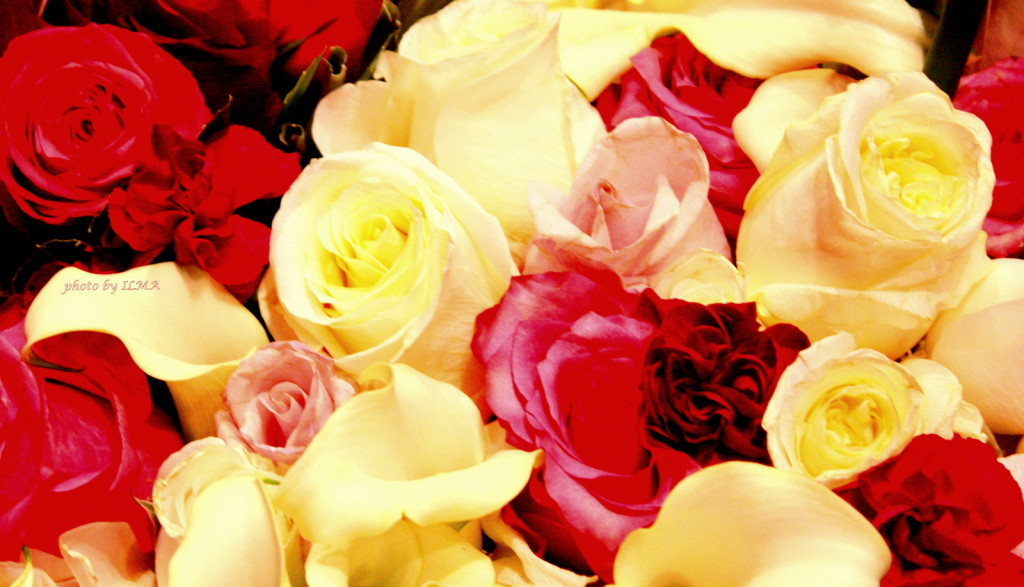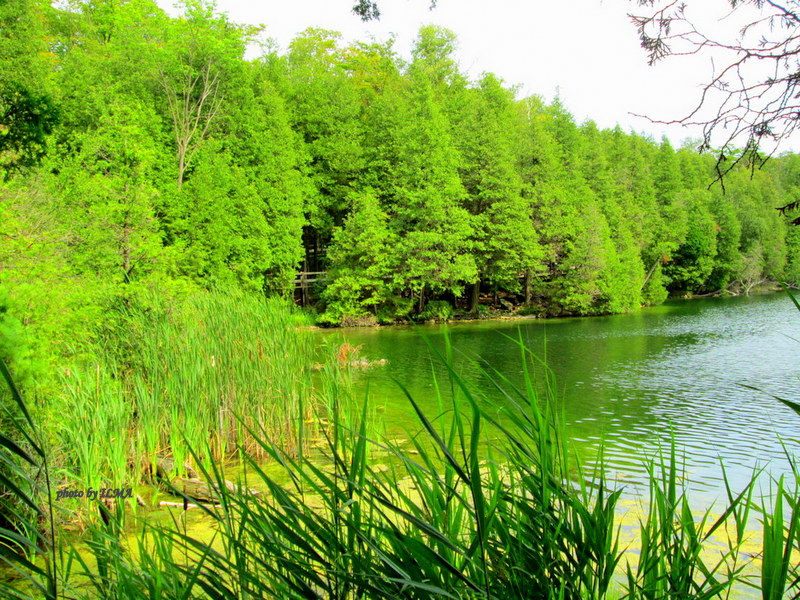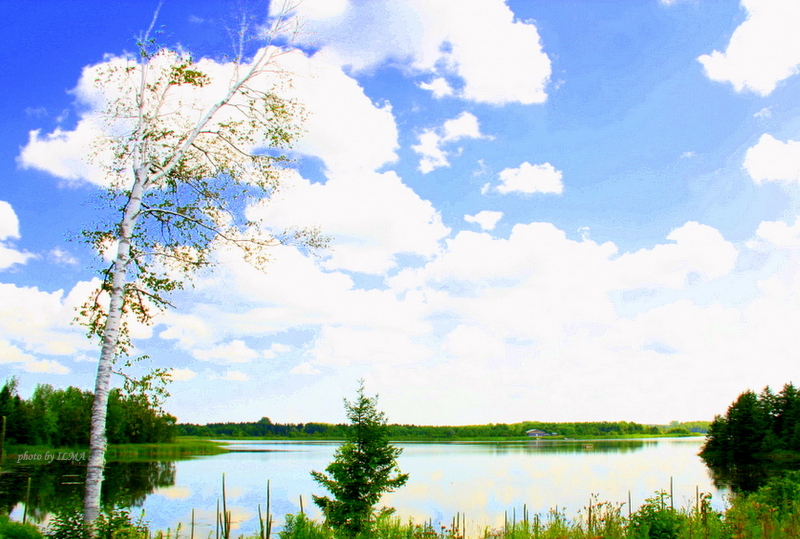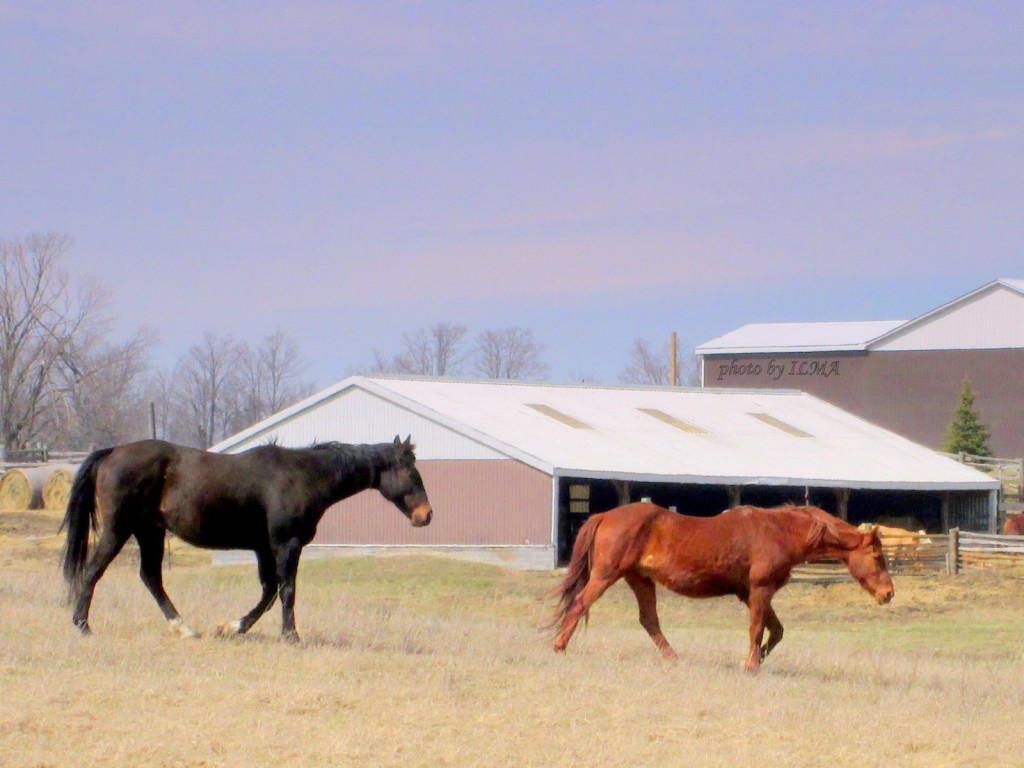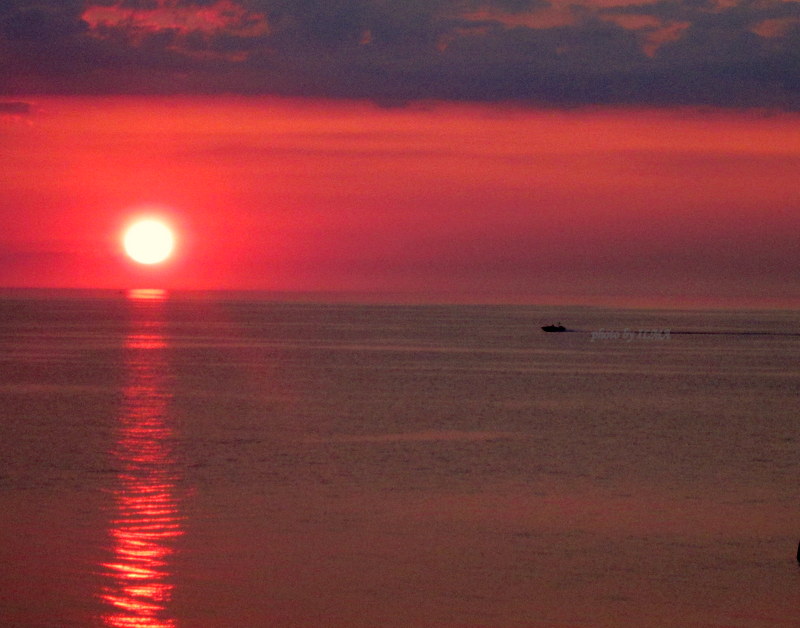PROVERBS 4
Hear, O sons, a father’s instruction, and be attentive, that you may gain insight,
2 for I give you good precepts; do not forsake my teaching.
3 When I was a son with my father, tender, the only one in the sight of my mother,
4 he taught me and said to me, “Let your heart hold fast my words;
keep my commandments, and live.5 Get wisdom; get insight;
do not forget, and do not turn away from the words of my mouth.
6 Do not forsake her, and she will keep you; love her, and she will guard you.
7 The beginning of wisdom is this: Get wisdom, and whatever you get, get insight.
8 Prize her highly, and she will exalt you; she will honor you if you embrace her.
9 She will place on your head a graceful garland;
she will bestow on you a beautiful crown.” – Proverbs 4:1-9
PROVERBS 4 HOLD FAST TO GOD’S WORD
A poem by ILMA inspired by these verses
The Lord gives his wisdom to his people through his teachings
He gave his beloved children good insights and precepts
He gave him his commands so that they can be protected
Hold fast to his laws and truth so you can overcome evil
When you cling to his word, you will begin to have wisdom
Wisdom will be a garland on your head and also be a crown.
Solomon continues to crusade for wisdom in these following verses. He enumerates the benefits when we hold fast to God’s word because it is the only and absolute source of wisdom. He wants God’s people to treasure it like a valuable possession that will enhance the life of those who believe in God.
The bible says in 2 Timothy 3:16 that 16 All Scripture is inspired by God and is useful to teach us what is true and to make us realize what is wrong in our lives. It corrects us when we are wrong and teaches us to do what is right. So, you can imagine if someone does not know God and doesn’t know his word. They don’t have wisdom. They do not know how to navigate in this corrupt world system. The only thing they know is what the world has given them, which is not for their own good.
REFLECTION
- Share an experience in your life when you held fast to God’s word.
